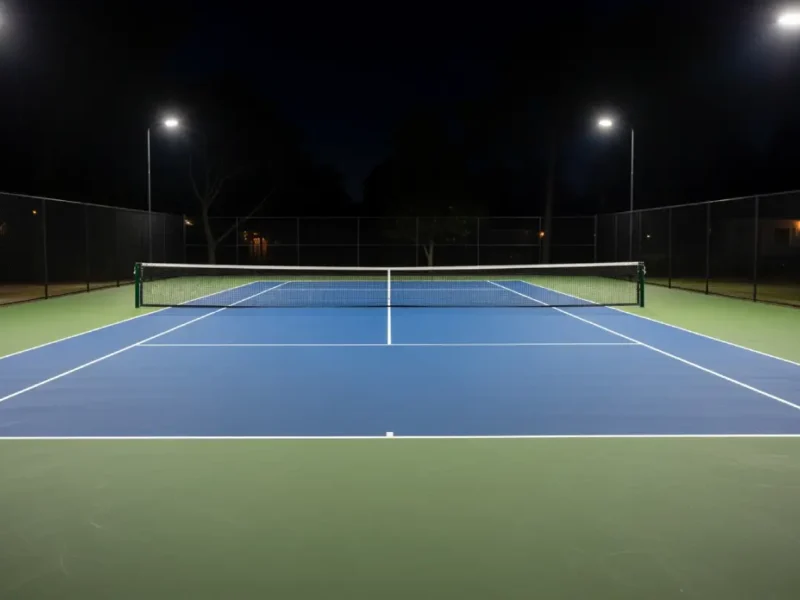Navigating a new home purchase involves awareness of often overlooked hidden costs. There’s a natural thrill in browsing listings, imagining cozy family gatherings, and finally settling into a place you can call your own. Yet many buyers find themselves caught off guard by extra fees, ongoing maintenance expenses, and taxes that somehow manage to balloon over time. Financial planning is key, but it’s hard to prepare for everything when many items only pop into view once you’re deep in the process.
That whirlwind of paperwork and logistical hurdles can feel slightly less daunting when you start identifying these hidden hurdles in advance. After all, your budget covers more than a down payment and a standard mortgage. There may be extra steps in the closing process, significant expenses for property improvements, and potential spikes in your home insurance premium if you’re not careful. Understanding each piece helps you avoid unpleasant surprises and puts you in control of how you spend your money.
Contents
- 1 Extra Fees That Can Sneak Up on You
- 2 Little-Known Expenses After Move-In
- 3 The Long-Term Impact of Taxes and Insurance
- 4 Financing Details That Aren’t Always Obvious
- 5 Why It Pays to Plan for Upgrades
- 6 Preparing for Surprises in Utilities and Services
- 7 The Unexpected Weight of Moving Costs
- 8 Getting Comfortable Without Overspending
Extra Fees That Can Sneak Up on You
Stepping into your newly purchased house is a wonderful milestone. But while you finalize the last of the paperwork, there might be costs lingering just behind the scenes. From administrative fees to certain legal charges, every new homeowner should know where these charges come from to feel prepared rather than blindsided.
Closing Costs
Most buyers realize that closing costs exist, but many underestimate how high they can be. Lender application fees, attorney charges, appraisal bills, and other administrative tasks all take their share. When you’re busy focusing on negotiating the purchase price, these smaller charges can accumulate quietly. In some locations, closing costs might even include prepaid property taxes or setting up escrow accounts. Be sure to request an itemized breakdown from your lender, so you can see exactly where your money is going.
Little-Known Expenses After Move-In
It’s easy to focus on the overall transaction and then assume that once you sign the dotted line, you’re all set. However, new homeowners frequently face a wave of extra responsibilities that have their own price tags. Whether you’re tackling little fixes, upgrading appliances, or getting your driveway resealed, these tasks sometimes appear at the worst moments.
Maintenance and Repairs
Routine upkeep helps your property fend off bigger issues down the road, yet it requires both time and funds. Small things, like a dripping sink or flaking paint, might seem trivial until they add up. Major projects think faulty wiring or a malfunctioning HVAC system drastically bump up costs if left unaddressed. Setting aside a portion of your monthly budget for routine maintenance can save you from sudden financial pressure.
HOA Fees
If you’re moving into a planned community or condominium, you may need to pay monthly homeowner association fees. These dues keep common areas clean and well-lit, but they also fund any onsite amenities like pools or community gyms. While HOA fees can seem moderate at first, they occasionally rise over time, leaving new residents scrambling to adjust. Always investigate an association’s fee schedule and ask about the likelihood of future increases.
The Long-Term Impact of Taxes and Insurance
Taxes and insurance are vital to building a safe and secure foundation for homeownership, yet they’re often overlooked. Property taxes can shift drastically based on your assessed home value, school funding, or municipal projects. Insurance premiums, meanwhile, can climb if your area experiences storm damage or changing local regulations. Keeping an eye on these costs helps you make sense of where your money will go year after year.
Property Taxes
Many people calculate a year’s worth of property taxes when planning their budget, but reassessments happen. Should your town decide to reevaluate your neighborhood, your property tax bill could spike unexpectedly. Investing a little time to study local spending and any recent reevaluations might help you predict changes. If you want to ensure stability, look for programs that lock in a rate or offer exemptions based on certain qualifications.
Financing Details That Aren’t Always Obvious
A loan might appear straightforward when you read the initial terms, but there are nuances that can alter your overall costs. While interest rates get plenty of attention, other factors such as mortgage insurance and loan origination fees may stay hidden in the fine print. Educating yourself on these smaller but impactful aspects can streamline your monthly payments and protect your finances.
Mortgage Insurance and Rate Locks
Most homebuyers expect to make a down payment, but if yours is under a certain threshold, your lender might require mortgage insurance. This extra monthly bill ensures the bank has a safety net in case of default. Although mortgage insurance is helpful in some circumstances, it does add to your total housing cost. Additionally, locking in your interest rate too early or too late can affect how much you end up paying over the life of the loan. Balancing the timing with your lender is one way to avoid extra financial strain.
Why It Pays to Plan for Upgrades
Once you settle into your new place, there’s a strong urge to add personal touches. From kitchen remodeling to a fresh coat of paint in the master bedroom, these projects can inject new life into the property. However, renovation costs and material fees can climb quickly if you don’t plan properly. Skilled labor isn’t cheap, and certain building supplies can carry a hefty premium, so being aware of upgrade expenses is just as critical as planning the initial purchase.
Landscaping and Exterior Costs
Many first-time homeowners eagerly invest in adding curb appeal, but the costs can escalate without a strategy. Hiring professional landscapers or buying high-quality plants may strain your budget. Even simple projects, such as upgrading a fence or refinishing a deck, add to your tab. Checking local regulations for permits can also involve fees, so research before diving into any outdoor improvement.
Preparing for Surprises in Utilities and Services
While you probably anticipate monthly bills for electricity and water, you might be unprepared for some lesser-known charges. Sewer and trash services can differ widely based on your location. Some neighborhoods handle these through local government, while others use private companies that charge varying rates. Adding cable, internet, and any security system monitoring can also boost your overall expenses. The best strategy is to gather as much local information as possible, learning what neighbors pay so you can allot enough funds each month.
Seasonal Fluctuations
Another aspect that often catches homeowners by surprise is how different seasons influence utility costs. Heating costs can spike in winter, particularly in older homes with poor insulation. During the hotter months, air conditioning might drive your electric bills up if your system isn’t energy efficient. If you know your region’s weather patterns, consider budgeting extra during peak seasons or investing in upgrades like smarter thermostats to counteract high energy usage.
The Unexpected Weight of Moving Costs
Finally getting your new house keys is exciting, but transferring all your belongings has its own price tag. Professional movers can be costly, especially if you have bulky furniture or need to move across state lines. If you opt to hire a truck instead, factor in fuel, mileage, and time to pack everything carefully. Some buyers also discover that older furniture doesn’t fit in their new layout, prompting them to purchase new items or hire storage solutions. This is why it pays to take a detailed look at your belongings and plan your move well in advance.
Warranties and Protection Plans
Even after you’ve set foot in your place, your appliances and other household systems might benefit from warranties. These provide peace of mind, but they aren’t always included in the purchase. Sometimes, sellers offer a short-term policy as an incentive, but it may not cover everything or last as long as you’d like. If you’re a fan of extra security for your dishwasher, A/C unit, or plumbing, you’ll likely pay out of pocket. That cost might appear small compared to a mortgage, but it adds up when you look at the bigger financial picture.
Getting Comfortable Without Overspending
Budgeting for a home isn’t only about the purchase price, as day-to-day living carries multiple responsibilities. You might want to decorate or host friends, but that can lead to unexpected costs if you’re not calculating how everything fits into your bottom line. Even something as routine as replacing light bulbs with more efficient ones or installing better locks can shave off or add a bit to your monthly bills. The real goal is to strike a balance that keeps your new home both comfortable and financially manageable.
No single buyer’s experience will mirror another’s because factors like geographic location, house age, and personal taste play enormous roles in shaping what you’ll pay. Still, keeping an eye on areas such as repairs, taxes, insurance, and potential upgrades provides a valuable starting point. You don’t have to let hidden costs rule your budget; instead, by recognizing and preparing for them, you lay the groundwork for a more secure and enjoyable new home purchase.



